Country and County: Clwyd
Situated outside Exmewe House (currently Barclays Bank) in Ruthin, is a large boulder that was reputedly used by King Arthur as a chopping block when he killed a love rival. The story states that King Arthur and Huail (son of Caw) once fought over the favours of a lady.
The white washed Llangar Church can be found about a mile from Corwen and can be dated from the late 13th century though it could possibly be as old as the 11th century. Its original name of ‘Llan Garw Gwyn’ (The Church of The White Deer) possibly alludes to a legend dating back its initial erection.
The parish church of Llandegla is dedicated to St Tecla of Iconium (modern day Konya in Turkey) and though the original building dated from 1273, it was rebuilt in 1866 by Lady Margaret Willoughby de Broke. There is a folk-tale and tradition concerning the haunting and subsequent exorcism of the rectory.
Ffynnon Tegla, (or St Tegla’s or St Tecla’s Well) can be found on private land* near the River Alyn in Llandegla (Llandegla-yn-Iâl).
St Elian’s Well, like most Holy Well’s was associated with having healing properties until around 1723 when it developed a reputation for being a cursing well. Thought to have sprang forth to quench the thirst of St Elian in the 6th century, the well was a source of pilgrimage for many centuries.
According to ‘British Goblins’ (1881) by Wirt Sykes; ‘The Ellyllon are the pigmy elves who haunt the groves and valleys, and correspond pretty closely with the English elves.
The Bull Hotel on Chapel Street Abergele has an interesting history, and is also alleged to be haunted. In 1848, Jane Roberts owned the building and allowed the Mormon preacher John Parry Junior to preach from the house.
There is an isolated ruin on the Denbigh moors which can be seen from the A543 as you head north east towards the Sportsman’s Arms. It is ‘Gwylfa Hiraethog’ (The Watchtower of Hiraethog (where Hiraethog is the Denbigh moors)), yet it is still known locally as ‘Plas Pren’ after the original wooden structure erected on the site.
These treasures are ancient magical items of Welsh tradition that are mentioned in 15th and 16th Century manuscripts. Most of the treasures are from and in ‘The North’ of the Island of Britain.
The ghosts of Wales are bold and memorable, forceful in character often terrifying and sometimes even dangerous. In a new book by Richard Holland and published by The History Press you realise that Wales is a fearfully haunted place with possibly more ghosts and goblins than in England or any other country.

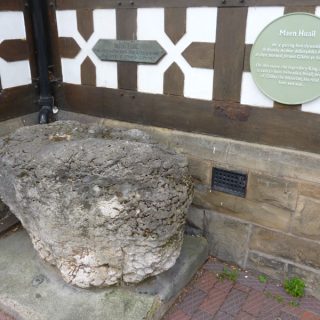
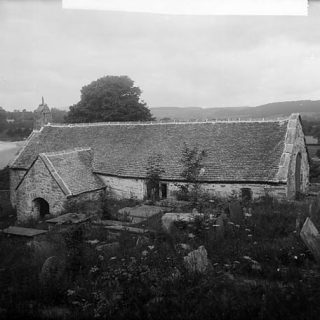
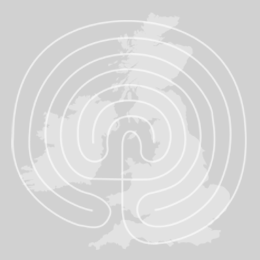
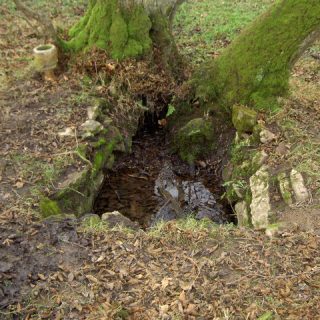
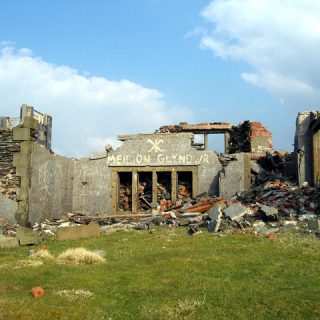
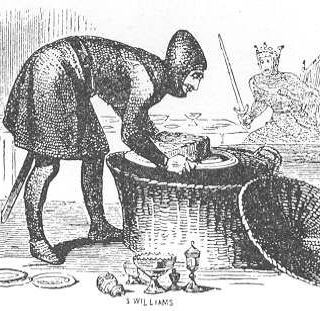
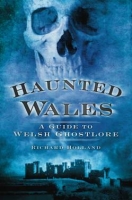
Recent Comments